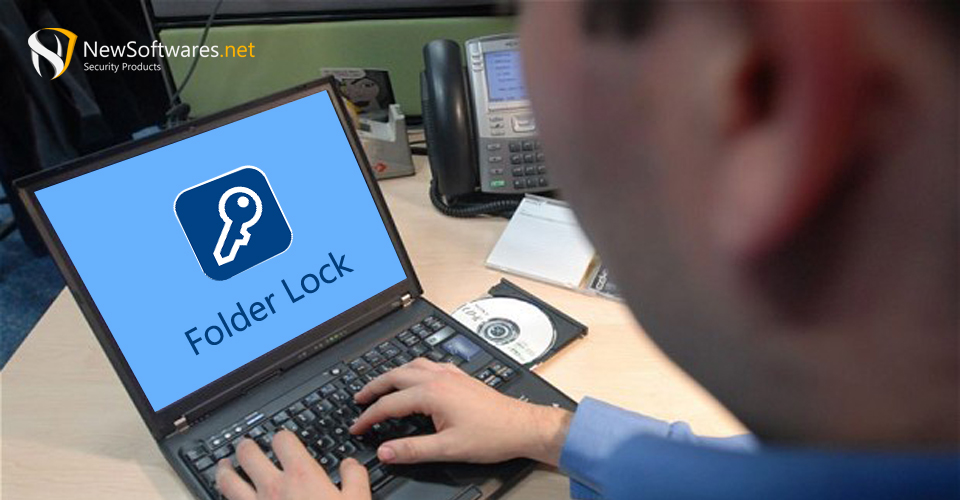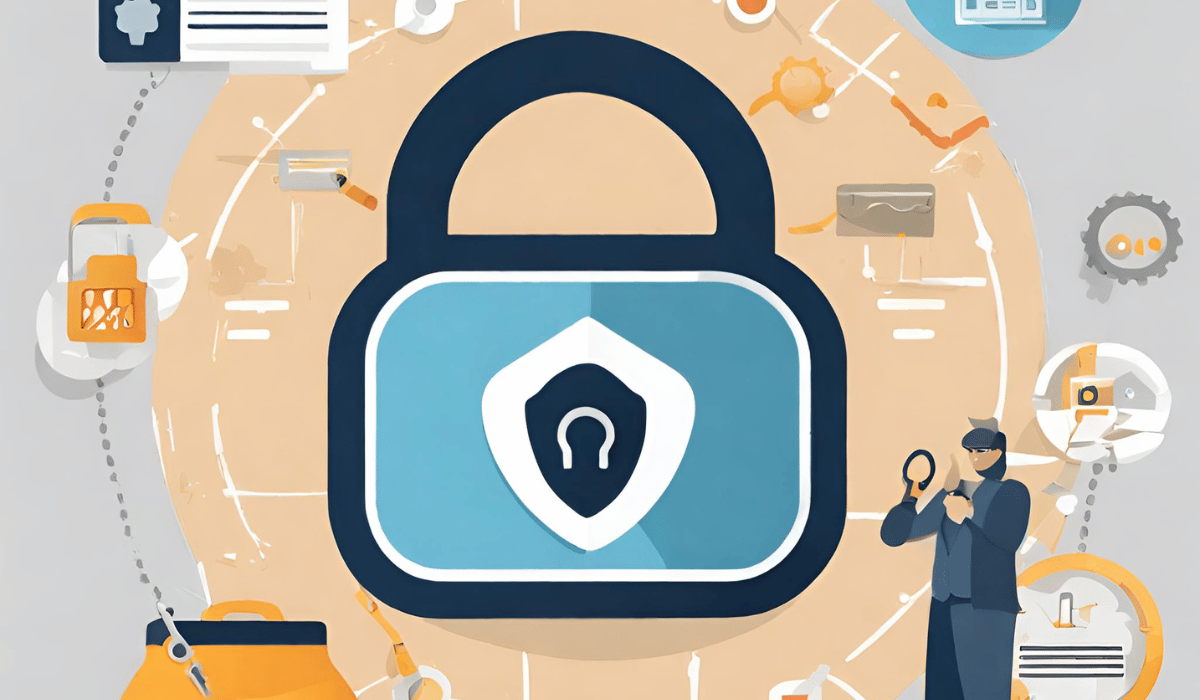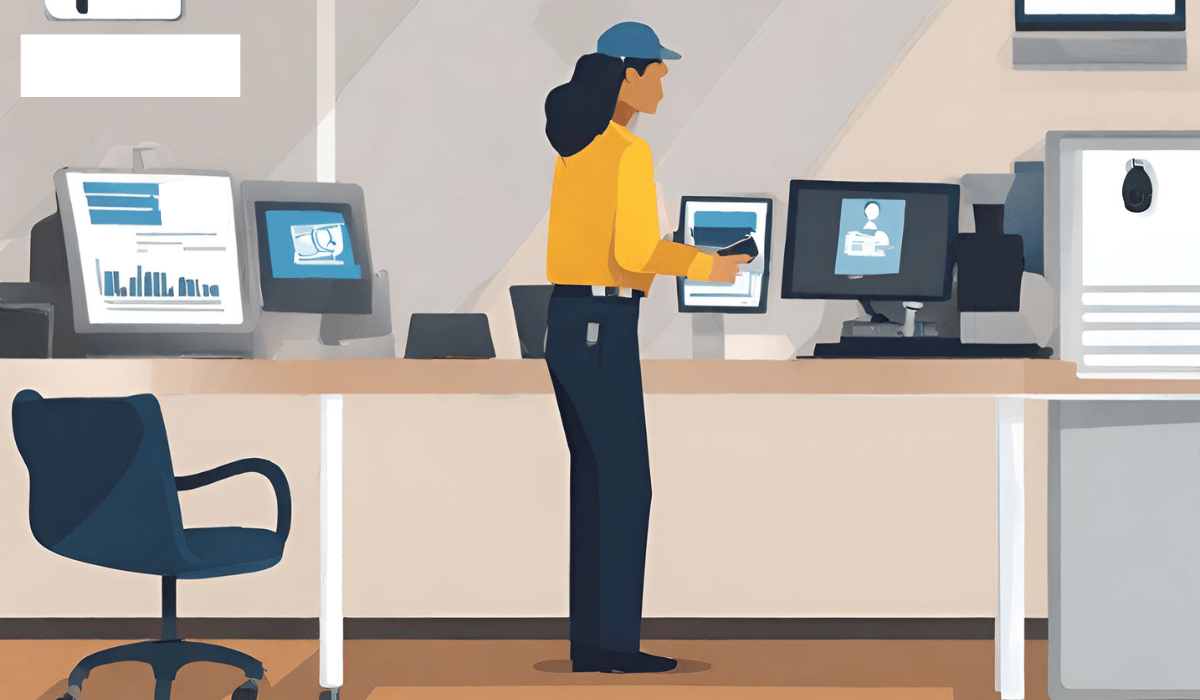If you work in the HR Department, you know how tough it could be to catch a suspected thieve at the workplace. Since this is a matter of employee relations, it can be extremely difficult to confront the employee. Theft at the workplace can run from stealing office supplies, pocketing money, stealing from co-workers, falsely clock in their time, customer identity theft and theft of company’s intellectual property.
Since workplace theft can consist of many facets, it’s hard to come up with one-stop solution for all workplace theft related issues. However, the following set of principles can help companies prevent or dramatically reduce workplace theft.
Gather all evidences:
When the time comes to fire the offending employee, you’ll need to make sure you have all the evidence to prove your case. This includes physical proof, witness testimonies, CCTV footage, digital traces of the fraud such as wire transfers etc and the time and date of the crime committed.
Asses the crime carefully:
Evaluate the crime, is it considered an international crime? Does the company have outlined policy on such offenses? Does the perpetrator have a history of similar offenses? Will the employee steal again if simply let off with a warning? Once you have critically evaluated these questions, it will become easier for you as a manager to take appropriate action.
Should the police be informed?
Is the crime committed by the employee serious enough to warrant an arrest? Nonetheless, it always a good idea to file a police report as it can come in handy, if things become further complicated later on. However, if you put the police in charge of the case, it can put-off some employees, as this is a matter of internal company policies.
Monitor the suspect employee:
Before an employee can steal company property, the best plan of action is prevention. Single out employees who have a history of workplace theft. Keep a close eye on them, If the employee is caught multiple times stealing, its best to discharge the employee and terminate its employment. However, before terminating employment, the employee’s keys to the office, company ID and other company benefits should be taken back. If you company uses a key pad to access to doors, disable the codes immediately or have them changed.
Prevent theft of company’s intellectual property:
All companies have data which is considered sensitive. Information such as customer credit card numbers, data on company employees such as social security numbers, health related information, company’s marketing secrets, product pricing strategies etc. Therefore, organizations cannot risk losing such information under any circumstances; they simply have to become proactive in terms of keeping their company data secure. Likewise, many companies have spent thousands of dollars in developing data leak prevention software, only to realize that their custom made software can’t perform against sophisticated hacking techniques. According to information technology specialists, the solution is far cheaper and much more reliable. Companies can simply purchase folder encryption software and prevent data leaks.
What Software Prevents Data Theft?

Software that prevents data theft includes antivirus programs, firewalls, encryption software, and data loss prevention (DLP) solutions. Antivirus programs detect and remove malicious software that could be used to steal data. Firewalls block unauthorized access to networks, while encryption software scrambles data so that it can only be decoded by authorized users. Finally, DLP solutions monitor data usage and detect any suspicious activity.
Stop Employees From Stealing Data

To prevent employees from stealing data, employers should implement policies and procedures that limit access to sensitive data. This includes implementing strong passwords, requiring two-factor authentication, and limiting access to confidential data to only those who need it. Additionally, employers should implement data encryption and backup protocols to ensure that data is secure, and use monitoring software to detect any suspicious activity. Finally, employers should provide regular security training to their employees to ensure that they understand the importance of data security.
Way Organizations Prevent Information Theft
Organizations can prevent information theft by implementing a combination of technical, administrative, and physical security measures. Technical measures include the use of firewalls, secure passwords, encryption, and intrusion detection systems. Administrative measures include the development of policies and procedures to manage access to confidential data and the implementation of employee training programs on information security. Physical security measures include the use of locks, alarms, and video surveillance.
Protect Computer Folders For Confidentiality
To protect computer folders for confidentiality, you should use encryption to ensure that only authorized users can access the data. Additionally, you should create strong passwords and limit access to the folders to only those who need it. You should also use physical security measures such as locks and alarms to protect the folders from unauthorized access. Finally, you should use software to monitor user activity and audit logs to detect any suspicious activity.
Data Security In Workplace
Data security in the workplace is the practice of protecting an organization’s data from unauthorized access, use, disclosure, disruption, modification, or destruction. This includes physical security measures such as locks and alarms, as well as software-based measures such as encryption, access control, and audit logs. Proper data security helps protect an organization’s data from unauthorized access, use, or disclosure, as well as from malicious attacks.
Main Technologies Utilized For Securing Information
1. Encryption: Encryption is the process of encoding information so that it can be kept secure and confidential. It is used to protect data from unauthorized access, use, or disclosure.
2. Access Control: Access control is a system that restricts access to a computer system or network based on the identity of the user. It is used to ensure that only authorized users can access the system or network.
3. Firewalls: Firewalls are used to protect a network
Ways Organisation Reduce Theft By Employees

1. Implement Access Controls: Access controls can be implemented to limit the amount of access employees have to confidential information, such as company finances or customer data.
2. Establish a Clear Policy: Establishing a clear policy on the consequences of theft and other forms of dishonesty can help deter employees from engaging in such activities.
3. Install Surveillance Cameras: Installing surveillance cameras in areas where confidential information is stored can help reduce the risk of theft.
Tips For Preventing Computer Theft
1. Secure Computers: Secure computers by installing antivirus and anti-malware software, as well as using strong passwords.
2. Lock Computers: Lock computers when not in use and store them in a secure location.
3. Use Security Software: Use security software to monitor and protect computers from malicious software and hackers.
4. Educate Employees: Educate employees on the importance of computer security and the consequences of computer theft.
Importance Of Protection In Workplace
Data protection is important in the workplace because it helps to protect confidential and sensitive information from unauthorized access, misuse, and theft. Data protection also helps to ensure that the data is secure and that it is used in a responsible manner. Data protection helps to ensure that the data is not used for malicious purposes and that it is not shared with anyone who is not authorized to access it.
Technique Used To Secure Information From Stealing
The most common technique used to secure information from theft is encryption. Encryption is a process of encoding data using an algorithm so that only authorized parties can access it. Encryption makes it difficult for unauthorized users to access the data and can help to protect the data from being stolen or misused. Other techniques that can be used to secure data include data masking, access control, and data backup.
Importance Of Preventing Data Theft
Data theft can have serious consequences for individuals, businesses, and organizations. By preventing data theft, organizations can protect their confidential information and ensure the security of their customers’ data. Additionally, preventing data theft can help to protect an organization’s reputation and prevent financial losses due to fraud or identity theft. Data theft can also lead to legal issues, so it is important to take steps to prevent it.
Most Secure Way Of Protecting Data
The most secure way of protecting data is to implement a comprehensive data security strategy. This should include measures such as encryption, two-factor authentication, access control, and monitoring. Additionally, organizations should ensure that all employees are trained in data security best practices and that they are aware of the potential risks of data theft. Finally, organizations should regularly review their data security policies and procedures to ensure that they are up to date and properly implemented.
Best Software To Store The Data
The best software to store data depends on the specific needs of the organization. Generally, software that is designed specifically for data security and encryption is the best choice. Popular software options include Microsoft Azure, Amazon Web Services, and Google Cloud Platform. Additionally, organizations should consider using a password manager to store and secure passwords and other sensitive data.
Ways To Protect Data In The Workplace
There are several ways to protect data in the workplace, including:
1. Implementing strong security protocols, such as two-factor authentication, encryption, and access control.
2. Regularly backing up data and storing it in a secure location.
3. Educating employees on data security and best practices.
4. Establishing clear policies and procedures for data handling and storage.
5. Establishing a data monitoring system to detect and respond to potential threats
Basic Security Principles
1. Confidentiality: ensuring that data is only accessible to those with the appropriate authorization.
2. Integrity: ensuring that data is not altered or changed without authorization.
3. Availability: ensuring that data is available for authorized users when needed.
4. Authentication: verifying that users are who they say they are.
5. Non-repudiation: proving that a user or process has taken an action.
Pillars Of Security
1. Prevention: Taking proactive measures to protect against potential threats.
2. Detection: Identifying potential threats and responding to them quickly.
3. Response: Taking appropriate action to mitigate the impact of a security incident.
4. Recovery: Restoring systems and data to a secure state following a security incident.
5. Improvement: Implementing measures to reduce the likelihood of a security incident occurring in the future.
What Do You Mean By Encryption Software?
Encryption software is software that is used to protect data by encoding it so that only authorized parties can access it. It does this by using algorithms to scramble the data so that it can only be decoded with the correct key. Encryption software is an important part of any security strategy, as it helps to protect sensitive data from unauthorized access.
Summary:
Preventing employee workplace theft is a matter of being proactive. In addition, employees should clearly understand the consequences of being caught. A clear set of company policy and set examples of its implementation acts as a great deterrent.
